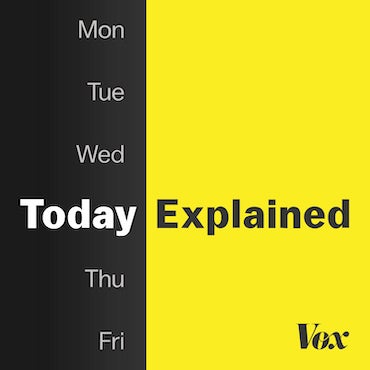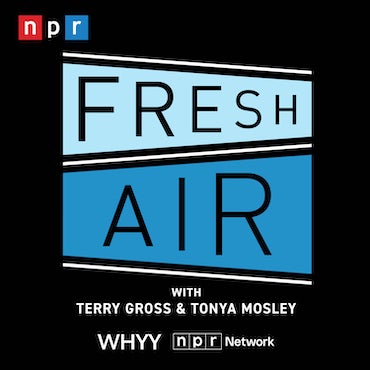Baltimore riots speak loudly on police abuse
ListenThe Baltimore Police Department has completed its investigation into the April 12 death of Freddie Gray, the 25-year-old black man who died of a spinal injury a week after he was arrested for allegedly carrying a switchblade and fleeing police.
The department’s findings went to State’s Attorney Marilyn Mosby, who announced Friday that all six officers involved in Gray’s arrest will be now face charges including manslaughter, assault and misconduct. One will face a murder charge. There was no probable cause for his arrest, Mosby said.
Gray, who was already wearing handcuffs after his arrest, was placed in leg shackles while inside that prisoner transport van. A privately owned video camera recorded a previously undisclosed stop while Gray was in that van. Gray was not wearing a seatbelt while he was transported.
And while we don’t yet know what led to the spinal injury that killed him, we do know this: His death and the lack of answers surrounding it precipitated a day of violence.
It began after Gray’s funeral, when peaceful protests spiraled into something else altogether. On a day that should’ve been about a family attempting to heal, chaos ensued, and the family was forced to lay aside their grief to beg a fractured city for calm.
“My family wants to say: Please, please stop the violence,” said Gray’s twin sister, Fredericka. “Freddie would not want this.”
But as protests turned to riots, and riots turned to looting, Fredericka Gray’s attempt to bring order from chaos failed.
I believe that’s because Gray’s death was just a symbol to most. It was a death that represented the scores of black men who have died at the hands of police. It represented, in many ways, an opportunity to strike back.
Be it right or wrong, there is a simmering frustration in some corners of the black community. It is a frustration that comes with the realization that black men, in particular, seem to have targets on their backs.
That frustration has always bubbled just beneath the surface. But the prevalence of technology has caused it to boil over. Cell phone video and vast social networks have allowed us to see the true extent of police violence against people of color. The pictures we’ve seen provide chilling context to the anecdotes we’ve always shared amongst ourselves.
In just the last year, we’ve watched a black man choked to death by police on a Staten Island street corner. We’ve seen a black man shot in the back by an officer in South Carolina. We’ve seen a black man shot by New Jersey police while reaching for his identification. We’ve seen a black man shot by police while trying to buy a BB gun in an Ohio Walmart.
There’s one thing we haven’t seen, however. We haven’t seen any of the officers involved convicted of any crime.
That’s why the video of Freddie Gray screaming in pain—and the news that he died in police custody—was more than another chapter in the narrative. It was the wick that lit a waiting powder keg.
Police cars were smashed and burned. Young men threw bricks at police. And while there are those who can’t comprehend that kind of communication, those who’ve suffered oppression understand it well.
When people are impacted by aggressions as serious as killings and as seemingly innocuous as insults; when they are constantly singled out for discriminatory treatment by everyone from store clerks to police officers; when they live every day knowing their lives are less valued than the lives of others, people feel invisible. They feel silenced. But oppressed people won’t remain silent forever. And so they riot.
“A riot,” Martin Luther King Jr., once said, “is the language of the unheard.”
And while rioting isn’t a language I’ve ever chosen to speak, it is a language I can readily interpret.
Through their rioting, the young people of Baltimore said they won’t stand still to be murdered by police or anyone else.
Through their rioting, the young people of Baltimore said they understand that they are not valued.
Through their rioting, the young people of Baltimore said they saw themselves in Freddie Gray.
And while there were those—both young and old—who joined in the chaos for the sole purpose of looting, I believe the young people who lashed out at police were conveying a simple message: They don’t want to be victimized.
If we hope to avoid the next riot, we must create an atmosphere in which words are heard, action is taken, and circumstances change.
Because people who are oppressed will speak out one way or another, and riots are the language of the unheard.
Listen to Solomon Jones M-F from 7 to 10 am on 900 am WURD.
WHYY is your source for fact-based, in-depth journalism and information. As a nonprofit organization, we rely on financial support from readers like you. Please give today.


